The temples of Angkor
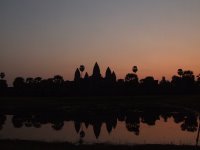
A magical dawn - sun rise over Angkor Wat (see 'Heaven' below for more about this).


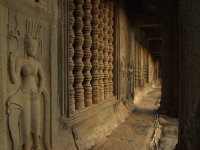 The dancing angels, or 'Apsaras', of Angkor are carved everywhere. The combination of grandeur and detail at Angkor is breathtaking, and there is not just one temple, but more than a dozen, spread over numerous sites and built in a number of different styles.
The dancing angels, or 'Apsaras', of Angkor are carved everywhere. The combination of grandeur and detail at Angkor is breathtaking, and there is not just one temple, but more than a dozen, spread over numerous sites and built in a number of different styles.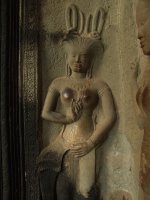 In my life I have been fortunate enough to visit many wonders, the combination of temples and buildings at Angkor is undoubtedly one of the most beautiful, most interesting and most moving.
In my life I have been fortunate enough to visit many wonders, the combination of temples and buildings at Angkor is undoubtedly one of the most beautiful, most interesting and most moving.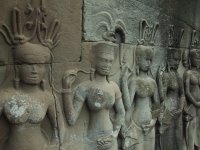 Look at the details in these Apsaras - each has a different expression, many have different postures and hairstyles. And all this 1000 years ago when one million people lived in this complex - and London was struggling to count 40,000 inhabitants.
Look at the details in these Apsaras - each has a different expression, many have different postures and hairstyles. And all this 1000 years ago when one million people lived in this complex - and London was struggling to count 40,000 inhabitants.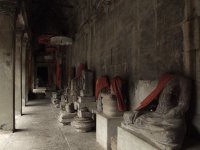 Angkor Wat was originally dedicated to the Hindu pantheon. Later kings adopted Buddhism and modified some of the carvings to match this change. When Angkor was abandoned, Angkor Wat became a Buddhist Monastery until it was 'rediscovered' by Henri Mouhot in the 19th century.
Angkor Wat was originally dedicated to the Hindu pantheon. Later kings adopted Buddhism and modified some of the carvings to match this change. When Angkor was abandoned, Angkor Wat became a Buddhist Monastery until it was 'rediscovered' by Henri Mouhot in the 19th century.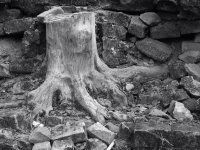 There is a constant struggle between man's fixed stone buildings and the ebb and flow of nature's jungle here. Angkor Wat and Angkor Thom have been cleared and cleaned up since their rediscovery, but others such as Ta Prom and Beng Mealea are still relatively overgrown (the latter is almost wild). It's fascinating to see how trees grow on, in and through brickwork when given a century or two to do their work.
There is a constant struggle between man's fixed stone buildings and the ebb and flow of nature's jungle here. Angkor Wat and Angkor Thom have been cleared and cleaned up since their rediscovery, but others such as Ta Prom and Beng Mealea are still relatively overgrown (the latter is almost wild). It's fascinating to see how trees grow on, in and through brickwork when given a century or two to do their work.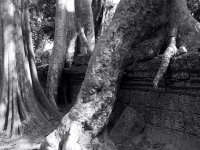


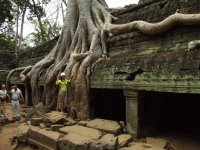

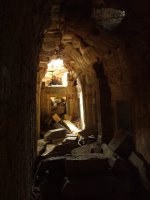
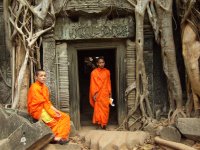


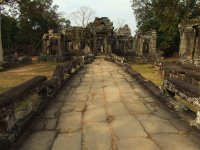
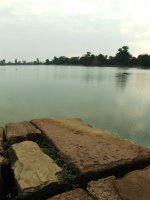
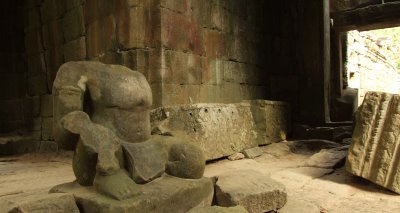


0 Comments:
Post a Comment
<< Home